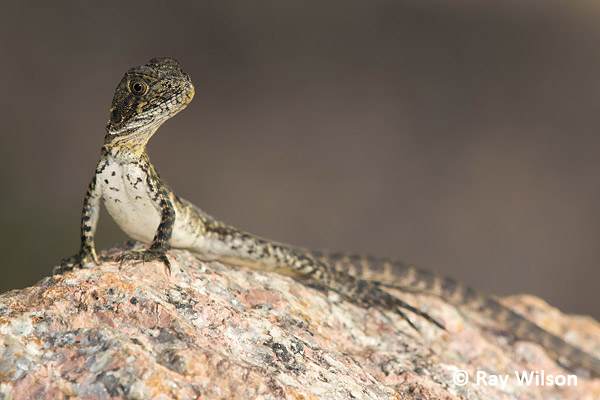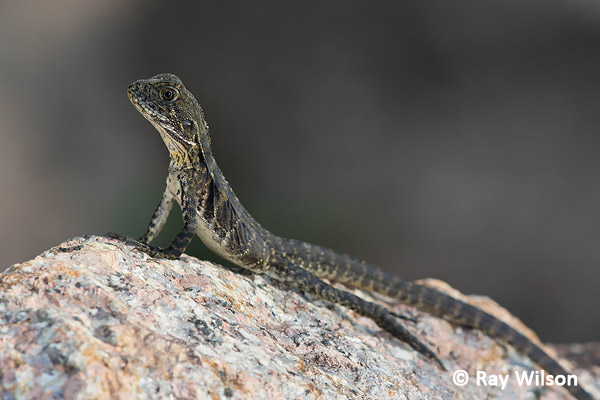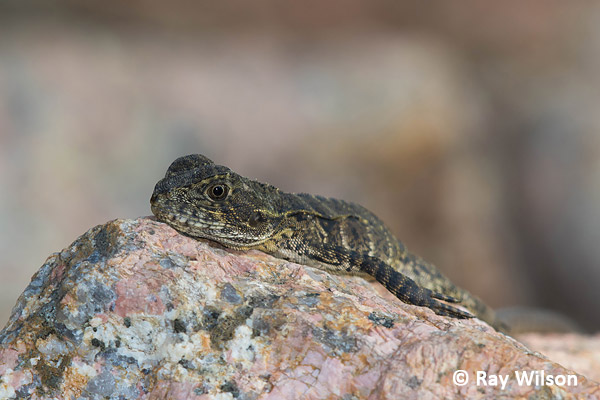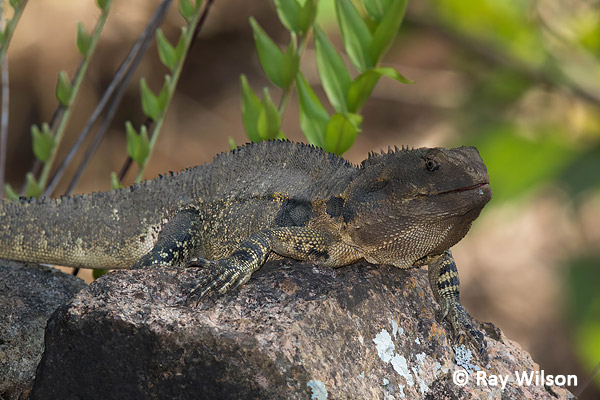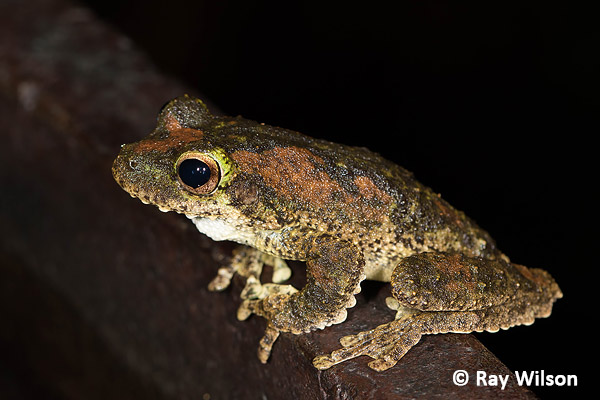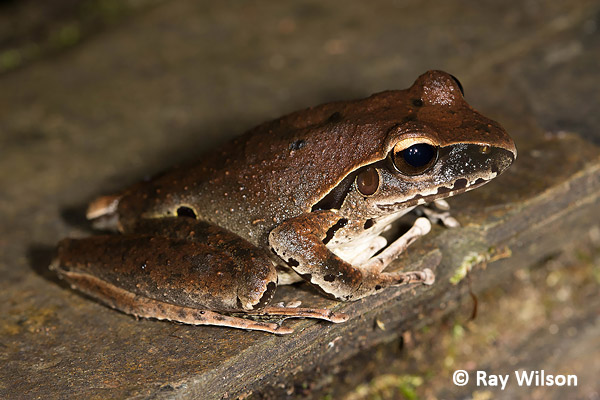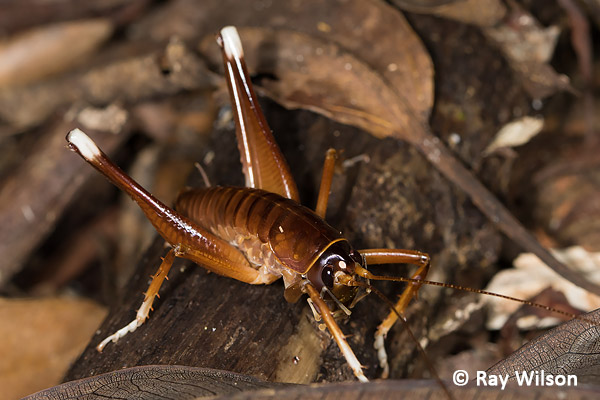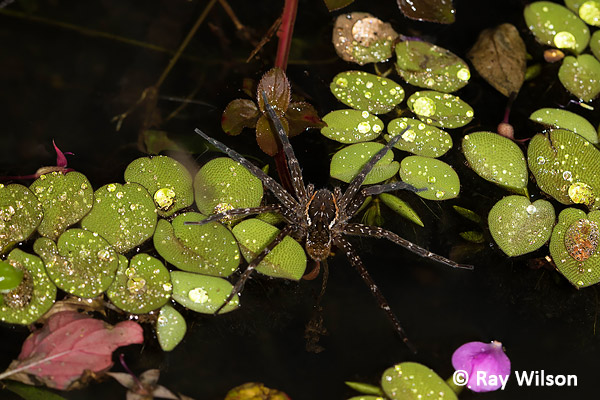
- Home
- Photography Tours
- Diary / Blog
- Galleries
- Foreign Trips
- Tasmania 2016
- NE Queensland 2016
- Western Alps 2016
- NE Spain 2016
- Australia's Wet Tropics 2015
- Australia's Top End 2015
- SW Australia 2015
- Switzerland 2015
- Andalucia 2015
- Belize 2015
- Australia 2014
- Switzerland 2014
- Belize 2014
- Bahama Islands 2014
- Switzerland 2013
- Ecuador 2012-2013
- Florida 2011-2012
- Vancouver Island 2011
- Australia 2010
- Peru 2008
- Bulgaria 2007
- Lesvos 2006
- California 2006
- New Zealand 2005
- Extremadura 2005
- Goa, India 2004
- The Gambia 2003
- About
October 2016
Atherton Tablelands, QLD, Australia
Part 8
immature Water Dragon (Physignathus lesueurii)
Water Dragons are common along many of the water courses on the Atherton Tablelands and they can often be spotted basking on riverside rocks.
immature Water Dragon (Nasutitermes triodiae)
It is usually a shy species that will run and hide or drop into the water as soon as it spots you approaching but in locations where it has become habituated to the presence of humans, such as in riverside parks and picnic places, they are much more tolerant.
immature Water Dragon (Nasutitermes triodiae)
Adult male Water Dragons can grow to over 1m (3ft3in) in length and weigh over 1kg.
adult male Water Dragon (Nasutitermes triodiae)
An afternoon rainshower one day mid-month generated enough moisture to coax a few frogs out...
Green-eyed Treefrog (Litoria genimaculata)
Both Green-eyed Treefrog and Northern Barred Frog are endemic to the Wet Tropics of NE Queensland.
Northern Barred Frog (Mixophyes schevilli)
Another critter tempted out of hiding by the damp conditions were Giant White-kneed Crickets. These common residents of the rainforest floor are quite impressively-sized insects and grow to over 50mm in length.
Giant White-kneed King Cricket (Penalva flavocalceata)
The large raft spider shown below is a species that was only formally described less than a year ago. It is very sensitive to vibrations on the water's surface and preys on anything that disturbs the surface, from insects trapped in the surface film to fish and cane toad tadpoles. It is this sensitivity to tiny waves that inspired its discoverers to name it after the noted theoretical physicist, Brian Greene, who, through his numerous books on the subject, is responsible for popularising quantum string theory.
Dolomedes briangreenei
The Australian Garden Orb-weaver is another large spider, with females (such as the one illustrated below left) having body lengths of up to 25mm. It is a very common and variable species that is found throughout the coastal regions of eastern Australia. They usually hide during the day, but at night they can often be found sitting in the middle of their webs.
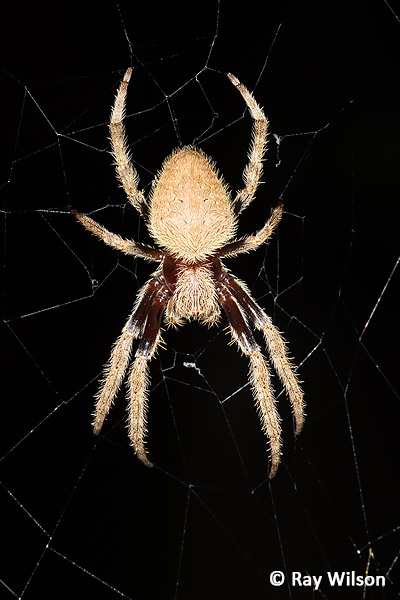
Australian garden orb weaver spider (Eriophora transmarina) |
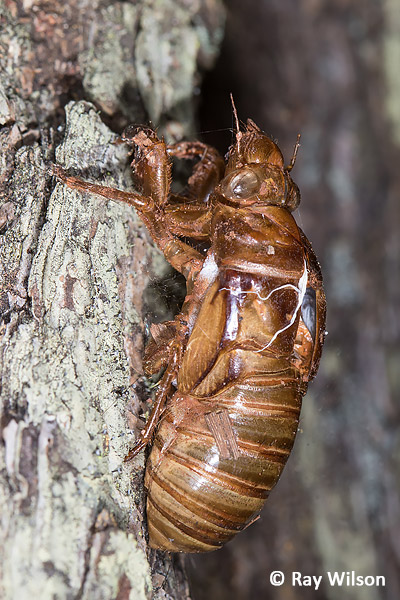
empty cicada nymph exoskeleton |
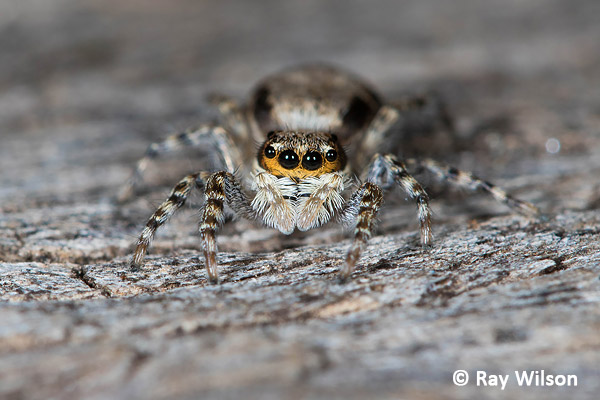
Jumping Spider (Salticidae)
Ray Wilson owns the copyright of all images on this site.
They may not be used or copied in any form without prior written permission.
raywilsonphotography@googlemail.com
